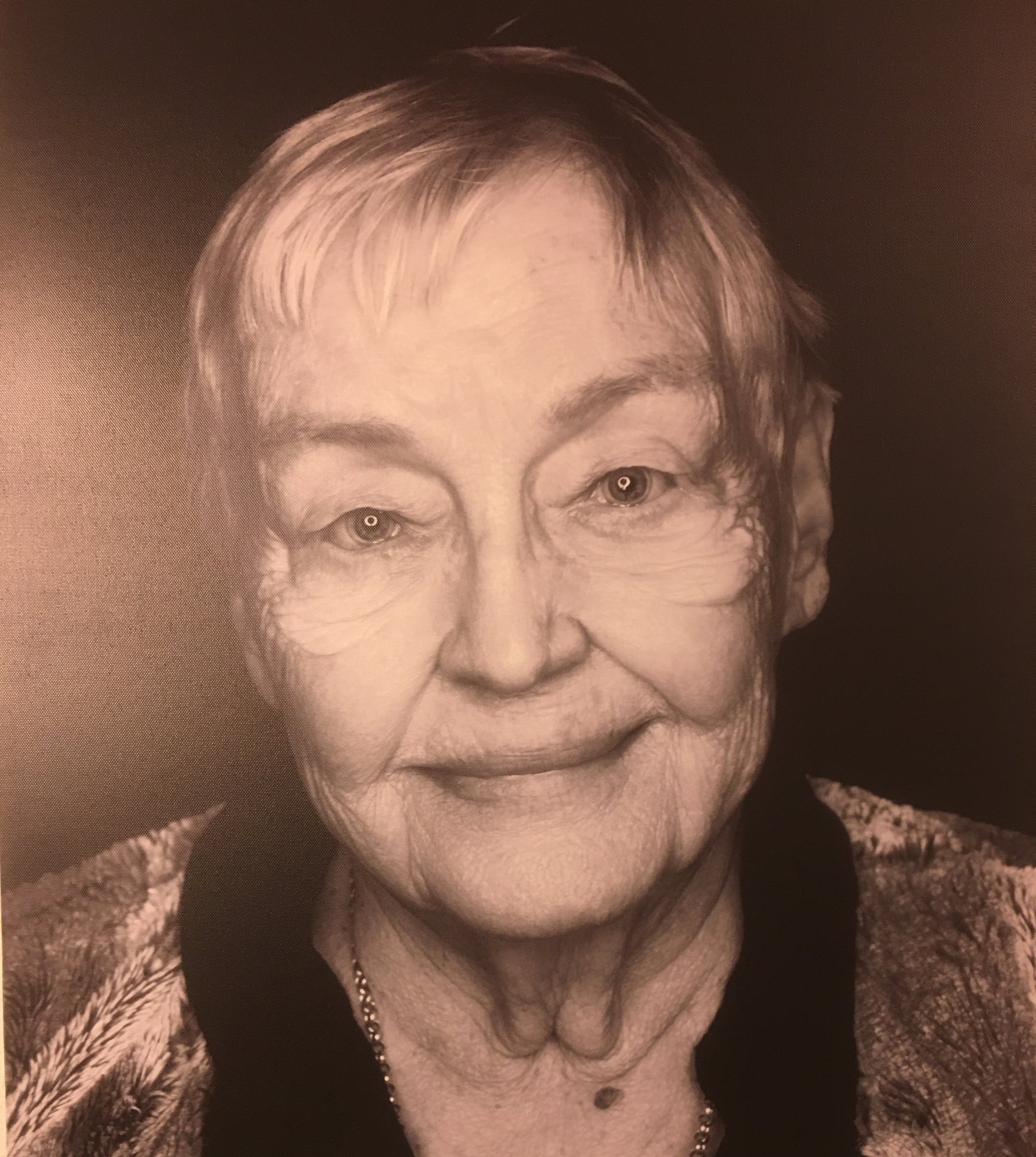Why do male victims of violence seem to disappear like magic?

The domestic violence industry has long been criticised for it’s reluctance to recognise the fact that many victims of domestic violence – around a third [Edit: or perhaps half] - are male victims of female perpetrators. For example, Erin Pizzey, who founded the first battered women’s refuge in the modern world, said: “When I opened the refuge in 1971, I knew from the beginning that it wasn’t just men. Of the first 100 women, 62 were as violent as the men they had left.” Her book on this topic, Prone To Violence, was met with outrage among her colleagues: “I was at a lunch at the Savoy for women, and they were all outside with this huge banner saying ‘Erin Pizzey condones male violence’. I had to have a police escort all round England when I published that book.”
“if a large proportion of victims of domestic violence are male victims of female perpetrators, then the narrative of ‘women’s oppression’ under a domineering patriarchy rapidly hemorrhages credibility.”
The consternation caused by highlighting male victims reveals a significant sensitivity, because if a large proportion of victims of domestic violence are male victims of female perpetrators, then the narrative of ‘women’s oppression’ under a domineering patriarchy rapidly hemorrhages credibility. Therefore there exists an obvious motivation to make male victims disappear from public view.
The basic story of the historical oppression of women by men has been told in many ways, usually with exaggeration, myth, and cherry-picking of data. The story is not new: E. Belfort Bax (1854 – 1926) was an English barrister, philosopher and historian, who noted how the early women’s movement claimed that women were treated unfairly under criminal law, even though he could see from his work in the courts that the exact opposite was true. Arguably, men are still treated worse in the courts today in terms of prison sentences and the family courts.
An example of the mythology around the idea of women’s historical oppression is the claim about the origin of the term ‘rule of thumb’. It was claimed, debunked, but then repeated, that the phrase refers to how a man could legally beat his wife with a stick, as long as it was no thicker than the width of his thumb. Although this idea is completely false, it became told and retold so often that it even appeared in the US government’s Violence Against Women Act (VAWA), where it is stated: “A fine example of women's historical subordination lingers with us today in the form of a common idiomatic expression. The phrase "rule of thumb" originated when early American courts expressly recognized a man's right to beat his wife provided he used a stick no larger in diameter than his thumb”. There are many problems with basing laws on falsehoods, but one result of this myth-making has been to exaggerate the victimhood of women and obscure the existence of male victims.
“Gage claimed the witch trials were a way that religion was used to oppress women. This idea sounds plausible, until you realise that a sizable proportion of victims of the witch trials were men.”
Going back even further than Bax, American suffragette Matilda Joslyn Gage (1826 – 1898), contributed to this narrative. Gage was an activist and wrote books, some of which were co-authored with Elizabeth Cady Stanton and Susan B. Anthony. Gage claimed the witch trials (1400 – 1782) were a way that religion was used as part of the oppression of women. This idea might be more credible if it were not for the inconvenient fact that a sizable proportion of victims of the witch trials were men. The proportion of men to women accused of being witches varied widely across Europe, but it has been suggested that around 20-25% of executions during the witch trials were of men. Also, many of those accused but not executed were male, and in Russia, Finland and Ukraine, males were up to 80% of those accused.
Although numbers of male victims of the witch craze varied widely by region, this does not detract from the fact that significant numbers of men, as well as women, were tragically killed during that time. It is interesting to note however that the authors of the book Male Witches in Early Modern Europe are noticeably cautious not to overestimate the number of male victims, saying “the proportion of male to female witches could be extremely varied [which] makes the value of general estimates [of male victims] seem highly dubious” (see Table 1 on p.45 of the book). Their caution is to be respected, though it is in contrast to how much less cautious many estimates of female victims have often been.
In trying to restore some balance to our way of recognising male and female victims, there might be a fear from some people that the balance to tilt the other way, and female victims become invisible. I doubt that could possibly happen, because we have such a long history, when it comes to recognising victims of violence, of focusing mainly on the female victims. Gamma bias is the name given to the cognitive distortion that inclines people to assess gender issues in an unrealistic way, for example, by seeing woman as victims and men as perpetrators. Because of this tendency, male victims are often overlooked, whether they are victims of women, or other men. What we really need today is a calm, objective assessment of the facts, but attempts to do so will need to overcome gamma bias, which has the effect of making male victims magically disappear.
The ease with which we see men as perpetrators and women as victims allows us to be all too easily convinced that all of the people killed in the witch craze were women, or the ‘rule of thumb’ was originally about men beating women, or that the only real victims of domestic violence are women. It even allows some people to justify violence by women against men.
Gamma bias facilitates the belief – strongly held by many people – that the West today is in the iron grip of patriarchy. If we manage to look beyond or biases though, we will see many examples of how women enjoy privileges that are not available to men, and men experience oppression in ways seldom experienced by women. (For a detailed account, see this insightful article).
We should support all victims regardless of their gender, but very often this doesn’t happen. Violence is such an important issue to deal with effectively that cannot be allowed to be turned into a ‘victim olympics’. However, given the vast sums involved – Erin Pizzey estimates around £300 million per year in the UK – we should not be surprised that this issue too often devolves into a zero-sum game, with victim status as the prize in this ugly turf war. All victims deserve our support, and we should not allow any of them to magically disappear.
Scroll down to join the discussion
Disclaimer: This article is for information purposes only and is not a substitute for therapy, legal advice, or other professional opinion. Never disregard such advice because of this article or anything else you have read from the Centre for Male Psychology. The views expressed here do not necessarily reflect those of, or are endorsed by, The Centre for Male Psychology, and we cannot be held responsible for these views. Read our full disclaimer here.
Like our articles?
Click here to subscribe to our FREE newsletter and be first
to hear about news, events, and publications.

Have you got something to say?
Check out our submissions page to find out how to write for us.
.
Dr John Barry is a chartered psychologist, researcher, clinical hypnotherapist and co-founder of the Male Psychology Network, BPS Male Psychology Section, and The Centre for Male Psychology (CMP). Also co-editor of the Palgrave Handbook of Male Psychology & Mental Health, co-author of the textbook Perspectives in Male Psychology: An Introduction (Wiley), and presenter on Centre for Male Psychology training courses.





















































